Managerial Communications Theory 2022
VerifiedAdded on 2022/09/23
|8
|1465
|27
AI Summary
Articles This reading activity uses the online databases provided by ProQuest. You can connect with all of the databases available to you, as well as the New Jersey State Library, by logging into the myEdison portal and locating the My Resources block. Links can be found under the Educational tab. Using the ProQuest database, find and read the following article: ? Wise, K. (2005). The importance of writing skills. Public Relations Quarterly, 50(2), 37 40, 48. Written Assignment 2 Using the research resources available to you through the Thomas Edison State University portal or your course site: 1. Outline a strategic approach to the managerial communications process. 2. Identify a managerial situation that exemplifies the use or misuse of these layers of communication. Focus the subject of the report on managerial communication theory, and discuss the selected business situation with the goal of demonstrating success or failure on the part of management.
Contribute Materials
Your contribution can guide someone’s learning journey. Share your
documents today.
1 out of 8
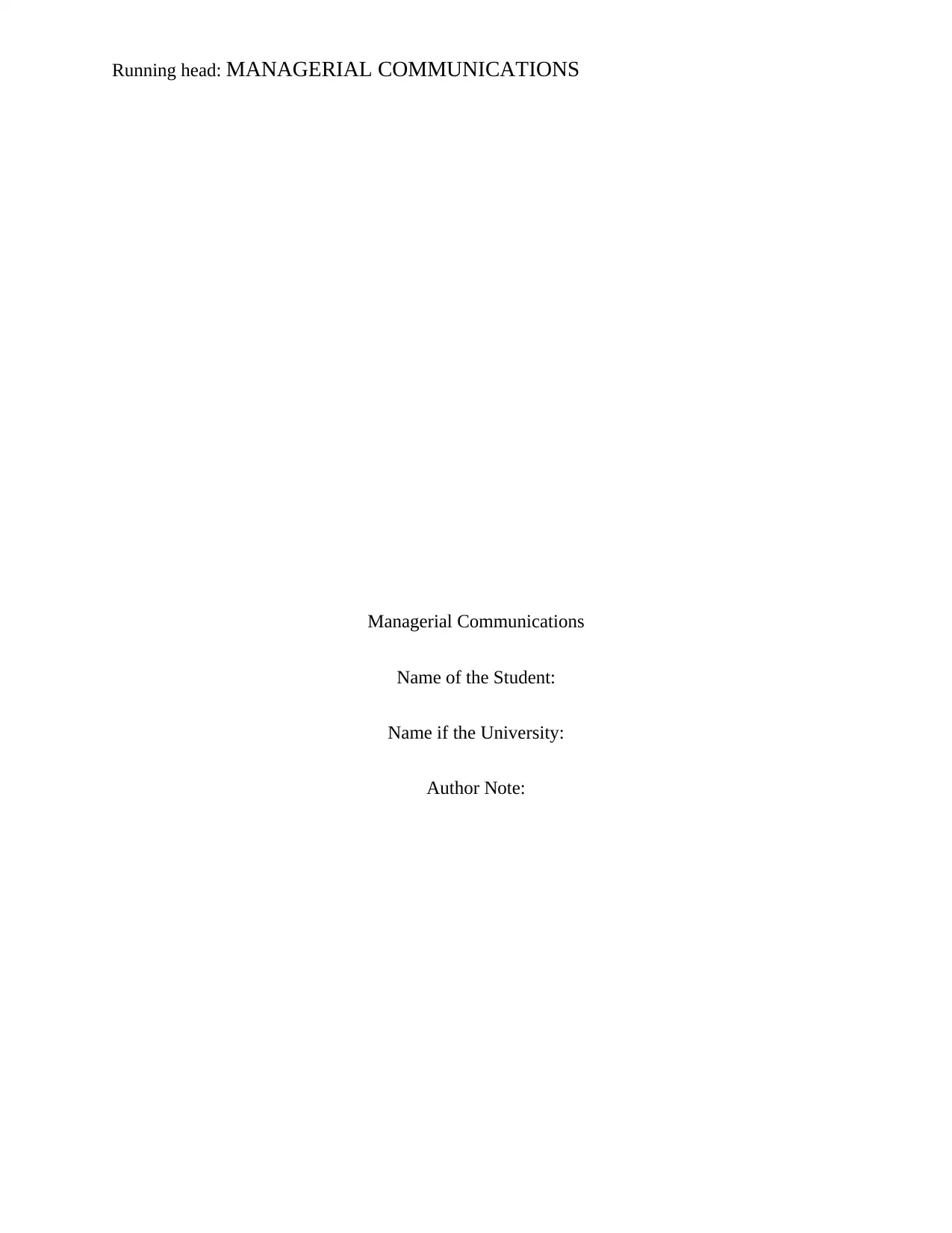
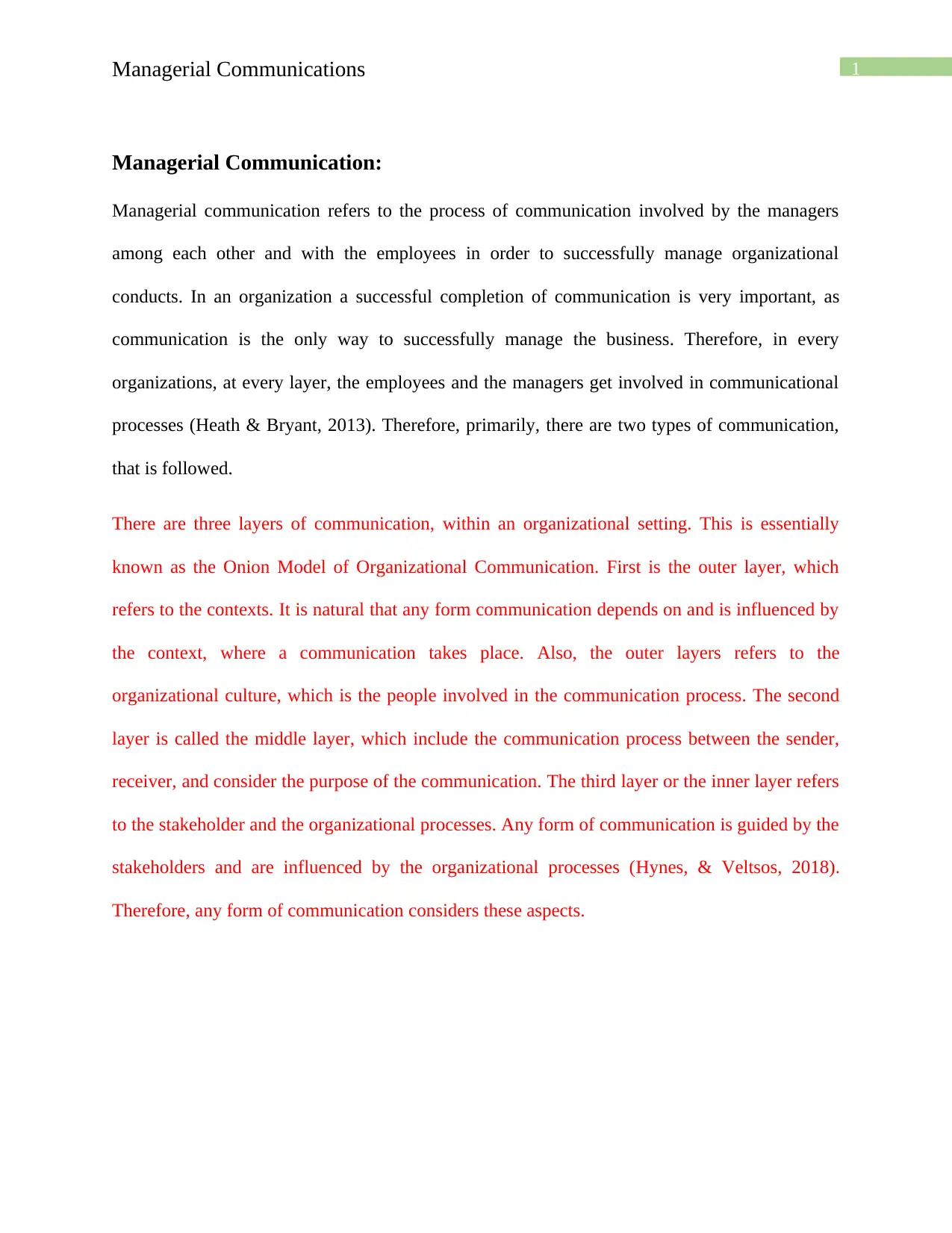
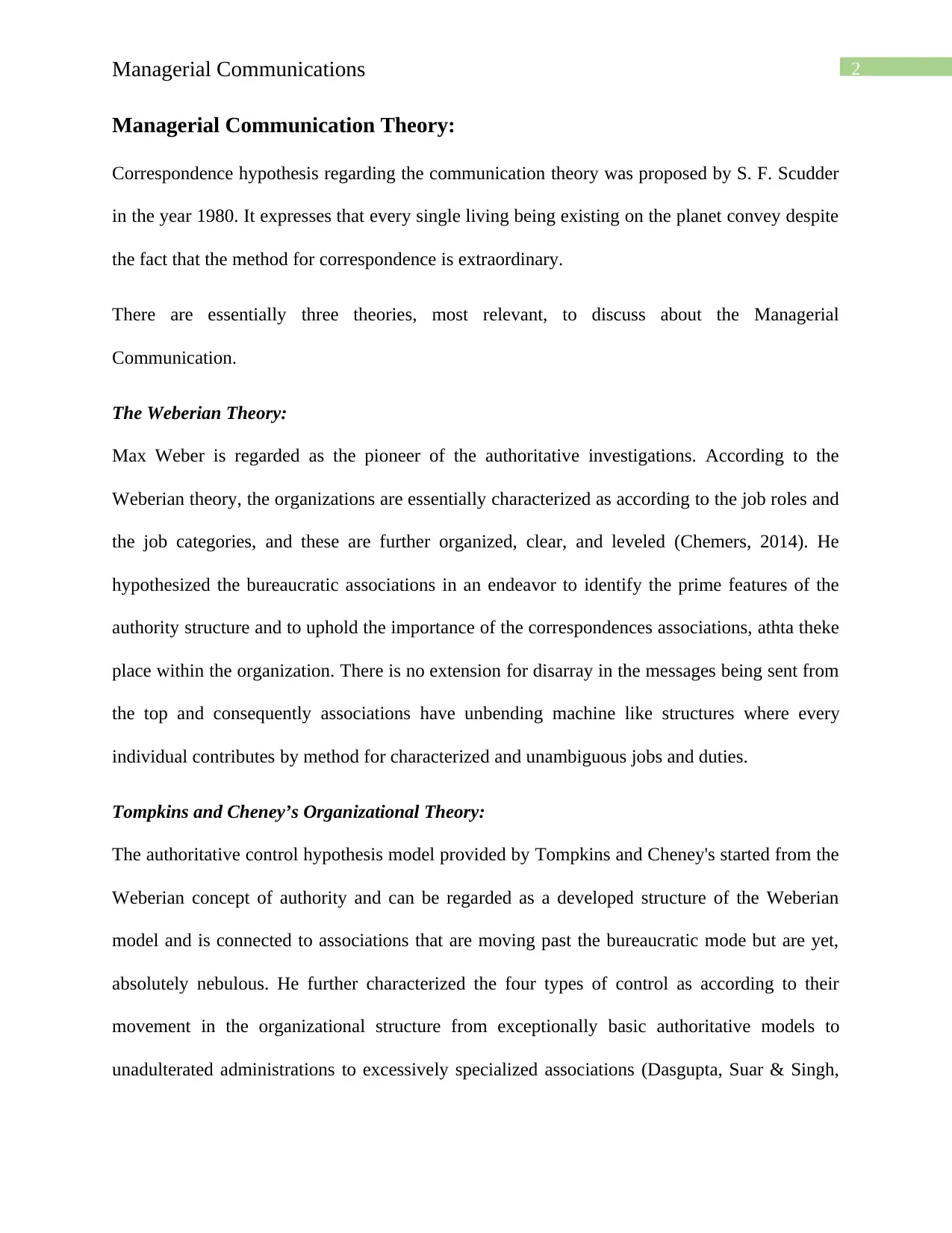
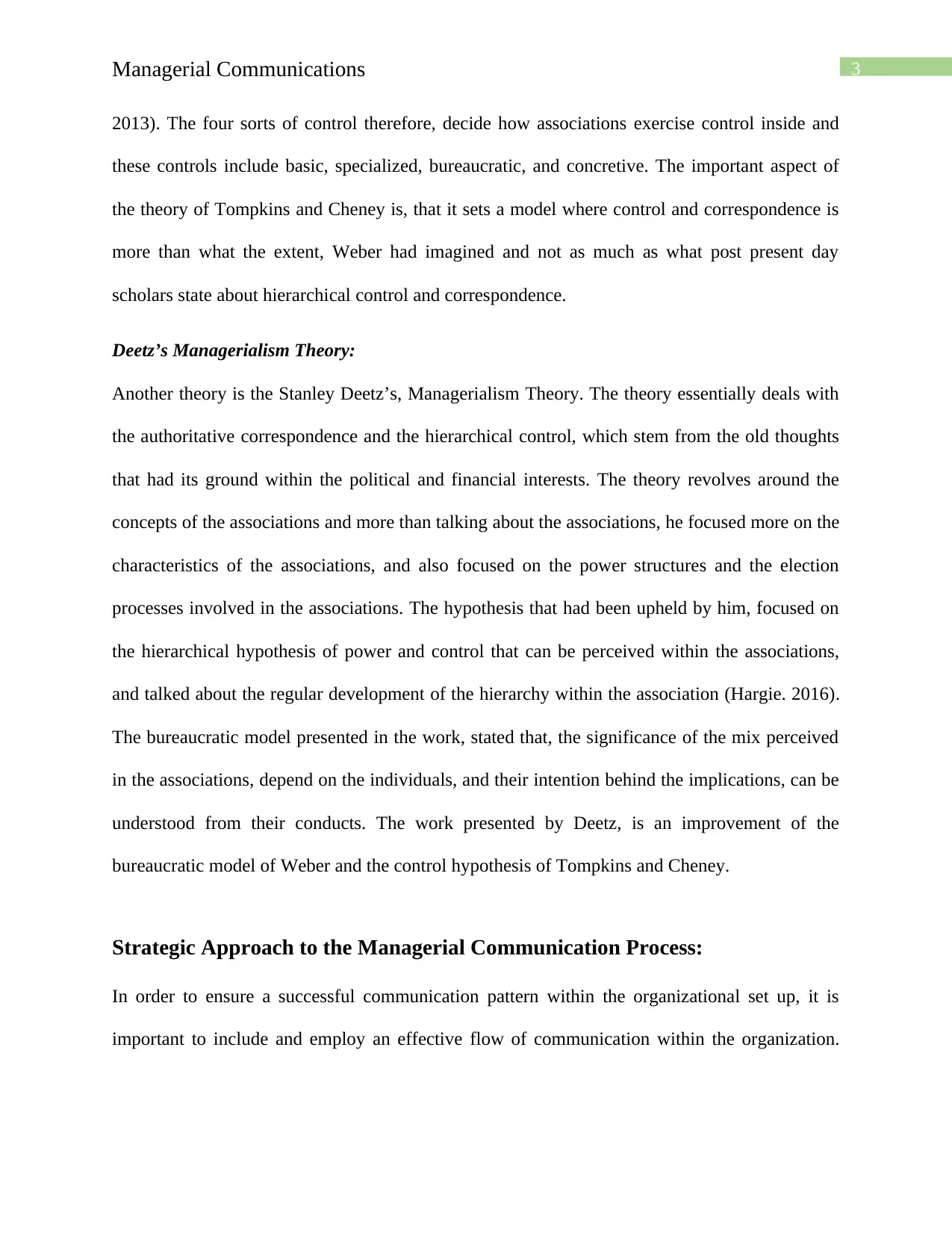
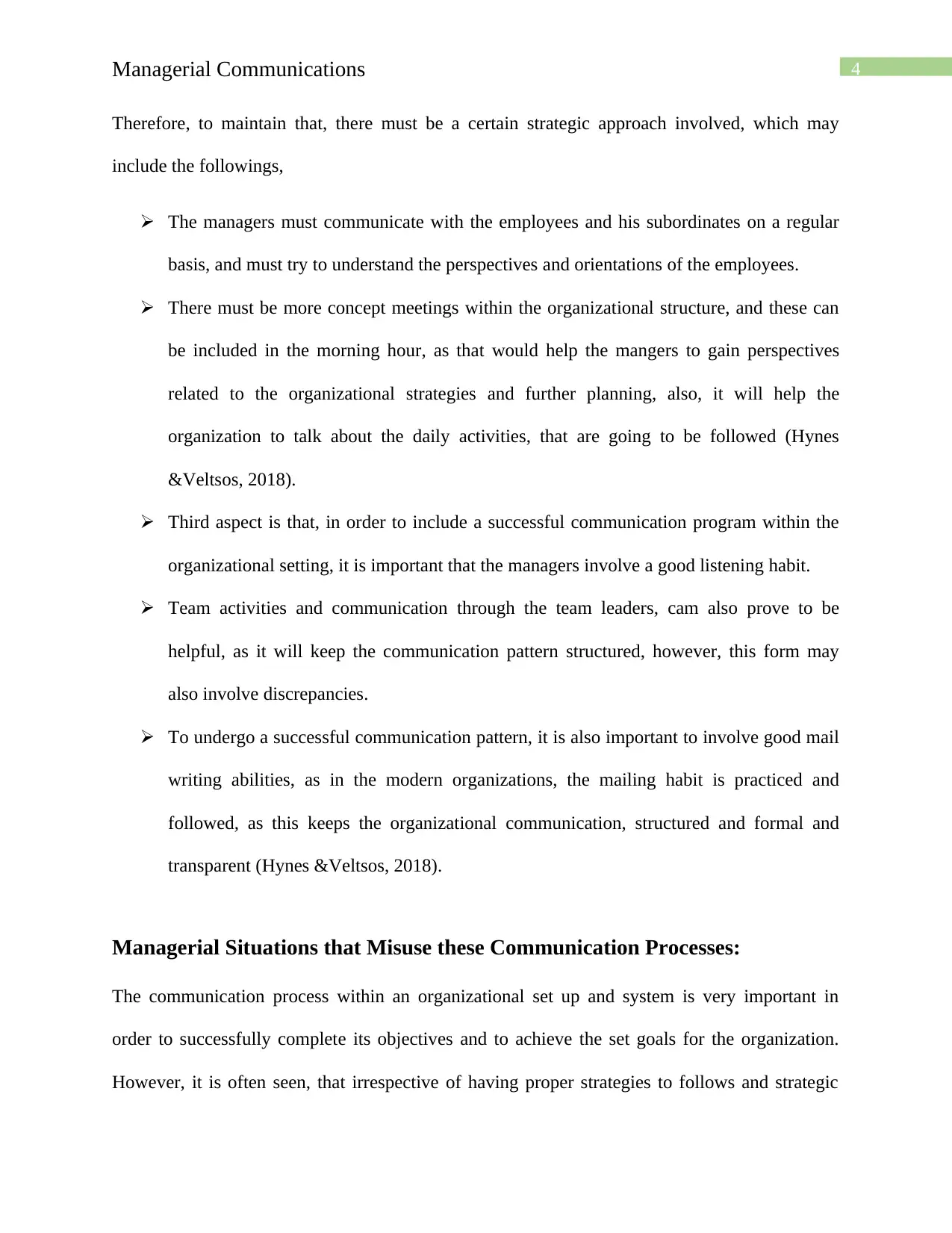
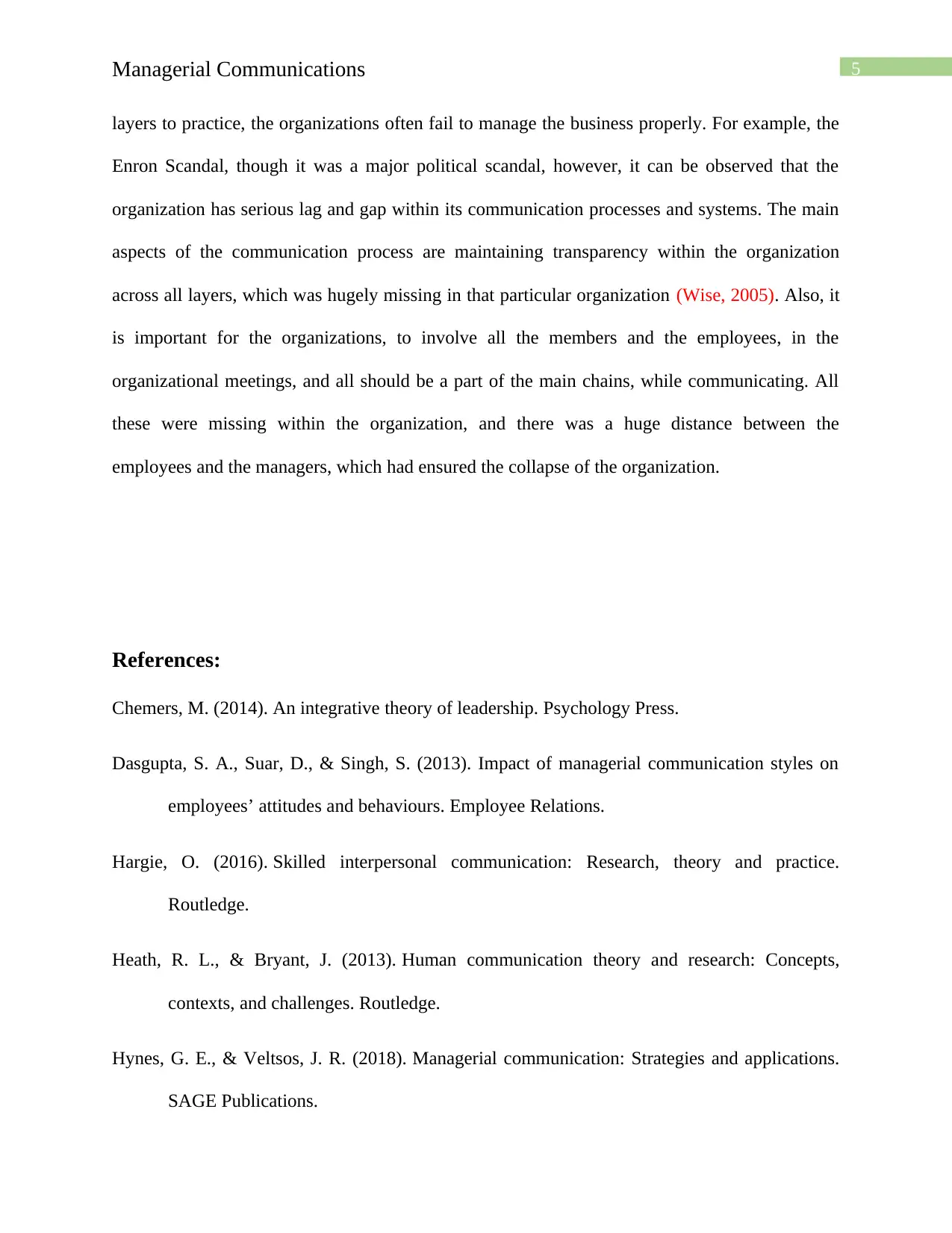
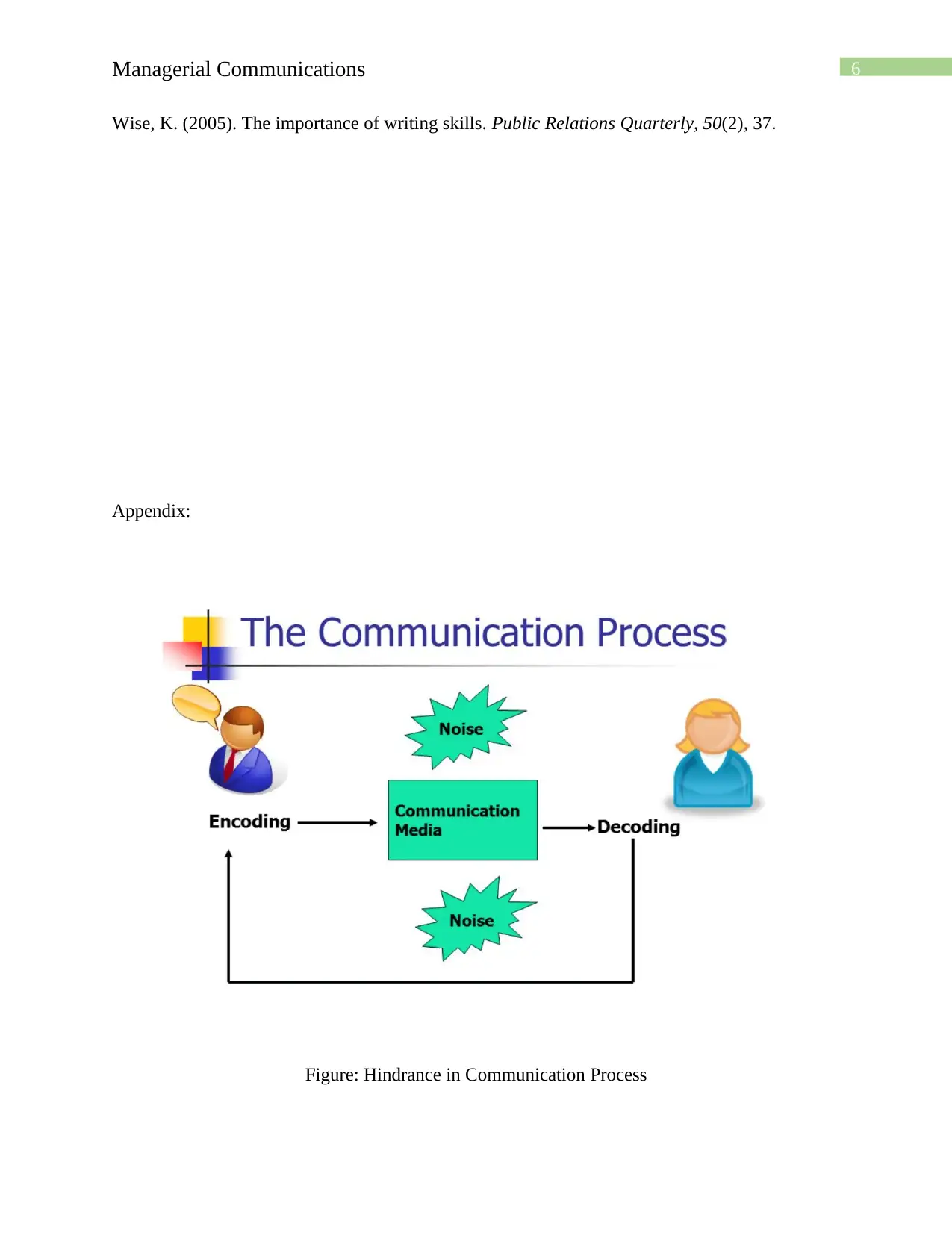
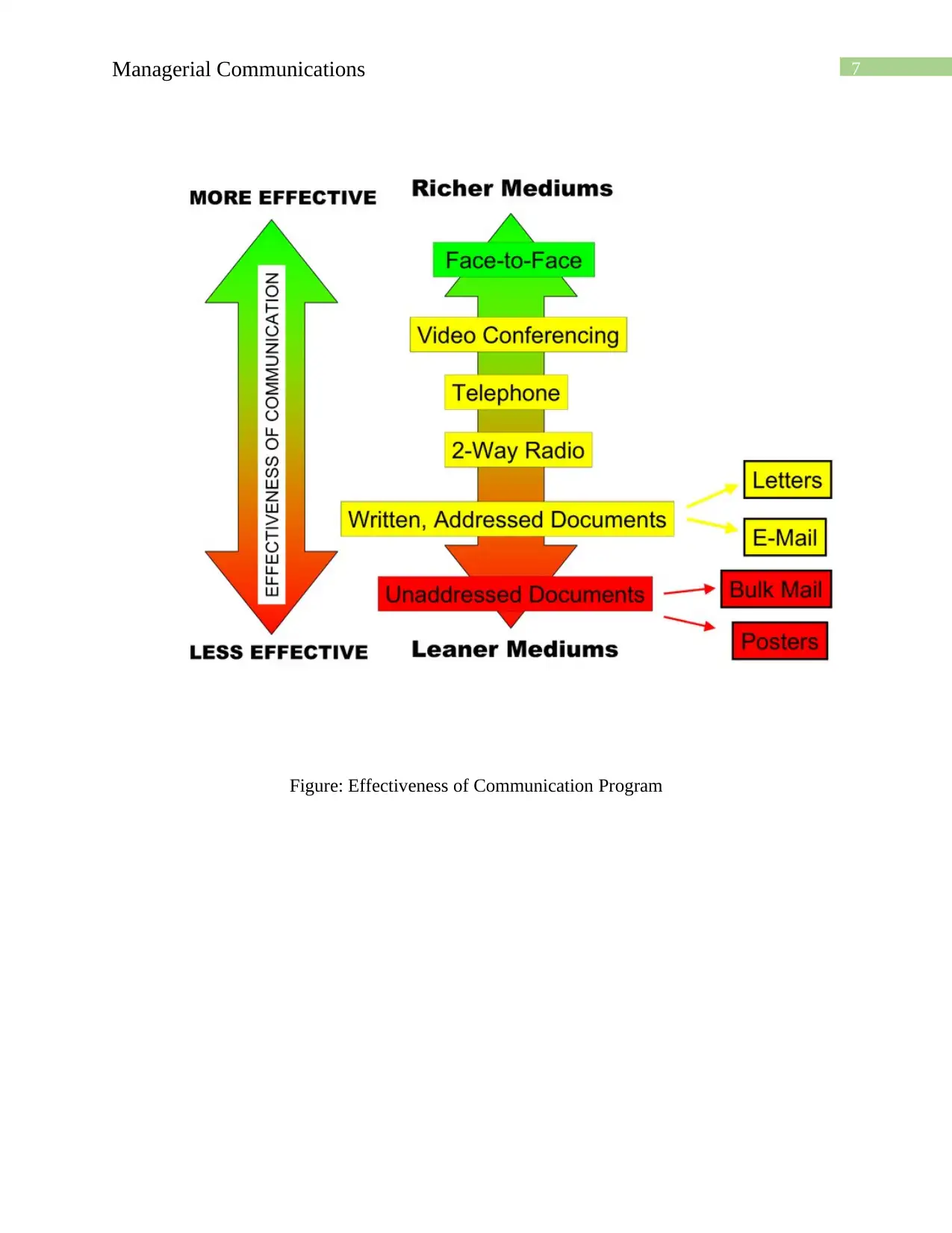





![[object Object]](/_next/static/media/star-bottom.7253800d.svg)